
Khachaturian, Prokofiev, Shostakovich
PHCD117 | Phoenix CD
| Name | Credit | |
|---|---|---|
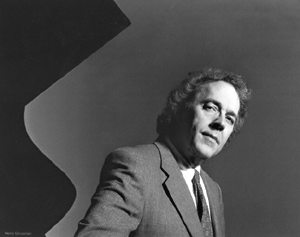 |
Joshua Pierce | Pianist |
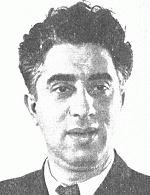 |
Aram Khachaturian | Composer |
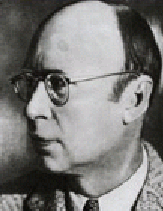 |
Sergei Prokofiev | Composer |
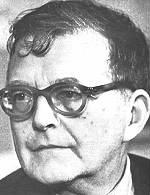 |
Dmitri Shostakovich | Composer |
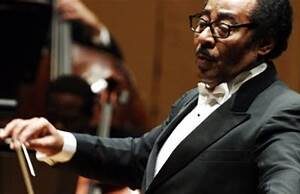 |
Paul Freeman | Conductor |
Piano Concertos

PHCD117 | Phoenix CD
| Name | Credit | |
|---|---|---|
 |
Joshua Pierce | Pianist |
 |
Aram Khachaturian | Composer |
 |
Sergei Prokofiev | Composer |
 |
Dmitri Shostakovich | Composer |
 |
Paul Freeman | Conductor |
Aram Khachaturian – Piano Concerto
Joshua Pierce, piano
Paul Freeman, conductor
Sergei Prokofiev – Piano Concerto No. 1
Joshua Pierce, piano
Paul Freeman, conductor
Dmitri Shostakovich – Piano Concerto No. 2
Joshua Pierce, piano
Paul Freeman, conductor
This Phoenix release brings together three major Soviet piano concertos in commanding performances by Joshua Pierce with conductor Paul Freeman. Khachaturian’s Piano Concerto, with its sweeping gestures and exotic harmonic colors, remains one of the composer’s most popular works. Prokofiev’s youthful Concerto No. 1 is brilliant and incisive, full of rhythmic bite and crystalline textures. Shostakovich’s Concerto No. 2, written for his son Maxim, offers a more lyrical, playful voice, culminating in one of the composer’s most beloved slow movements.
The performances are energetic, stylish, and idiomatic, offering a compelling survey of mid‑century Soviet concerto writing.
Aram Il’yich Khachaturian 6 June [O.S. 24 May] 1903 – 1 May 1978) was a Soviet Armenian composer and conductor. He is considered one of the leading Soviet composers.[5][6][7]
Born and raised in Tbilisi, the multicultural capital of Georgia, Khachaturian moved to Moscow in 1921 following the Sovietization of the Caucasus. Without prior music training, he enrolled in the Gnessin Musical Institute, subsequently studying at the Moscow Conservatory in the class of Nikolai Myaskovsky, among others. His first major work, the Piano Concerto (1936), popularized his name within and outside the Soviet Union. It was followed by the Violin Concerto (1940) and the Cello Concerto (1946). His other significant compositions include the Masquerade Suite (1941), the Anthem of the Armenian SSR (1944), three symphonies (1935, 1943, 1947), and around 25 film scores. Khachaturian is best known for his ballet music—Gayane (1942) and Spartacus (1954). His most popular piece, the “Sabre Dance” from Gayane, has been used extensively in popular culture and has been covered by a number of musicians worldwide.[8] His style is “characterized by colorful harmonies, captivating rhythms, virtuosity, improvisations, and sensuous melodies”.[9]
During most of his career, Khachaturian was approved by the Soviet government and held several high posts in the Union of Soviet Composers from the late 1930s, although he joined the Communist Party only in 1943. Along with Sergei Prokofiev and Dmitri Shostakovich, he was officially denounced as a “formalist” and his music dubbed “anti-people” in 1948 but was restored later that year. After 1950 he taught at the Gnessin Institute and the Moscow Conservatory and turned to conducting. He traveled to Europe, Latin America and the United States with concerts of his own works. In 1957 Khachaturian became the Secretary of the Union of Soviet Composers, a position he held until his death.
Khachaturian composed the first Armenian ballet music, symphony, concerto, and film score.[B] He is considered the most renowned Armenian composer of the 20th century. While following the established musical traditions of Russia, he broadly used Armenian and, to lesser extent, Caucasian, Eastern and Central European, and Middle Eastern peoples’ folk music in his works. He is highly regarded in Armenia, where he is considered a “national treasure”.[12]